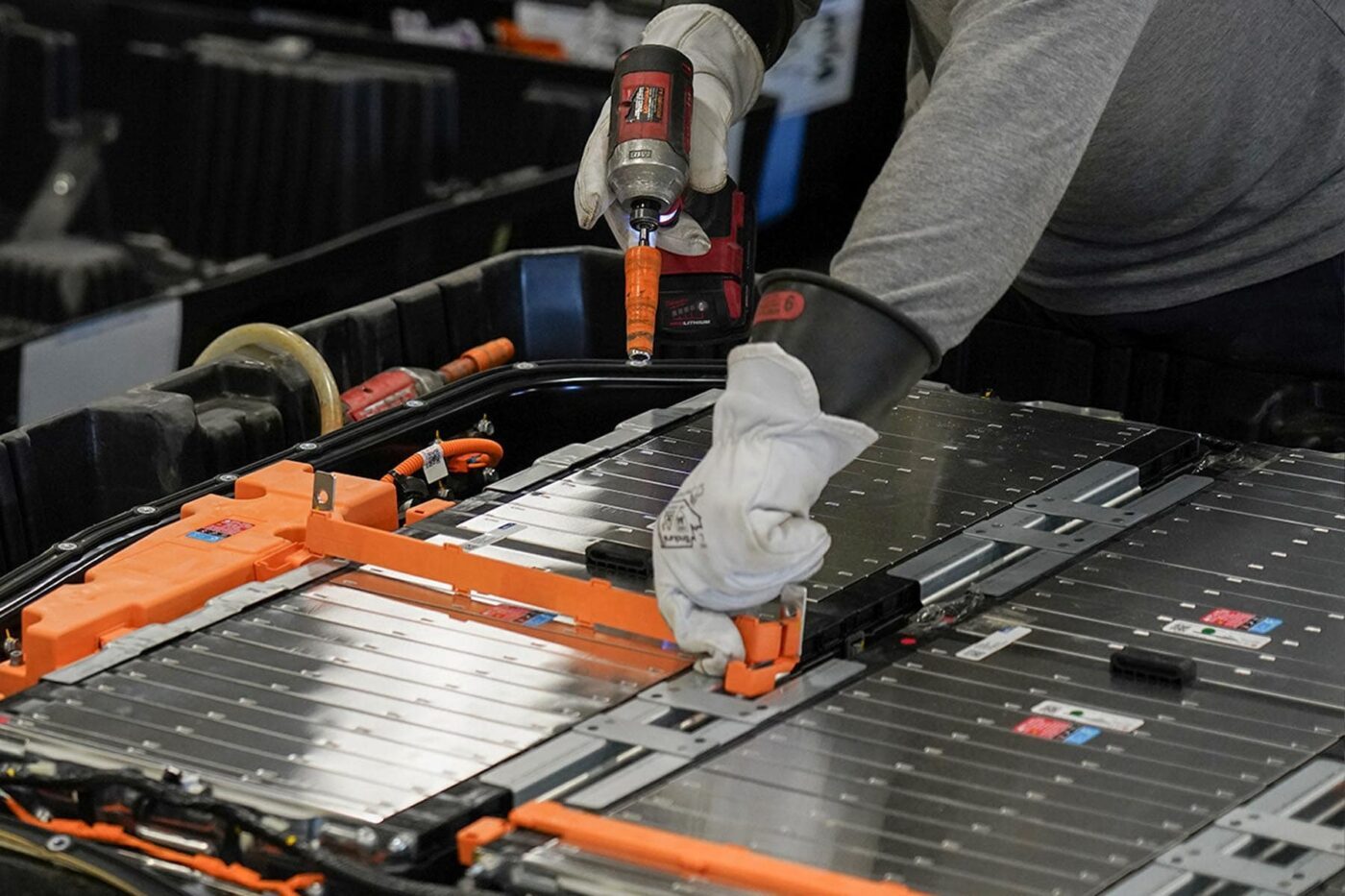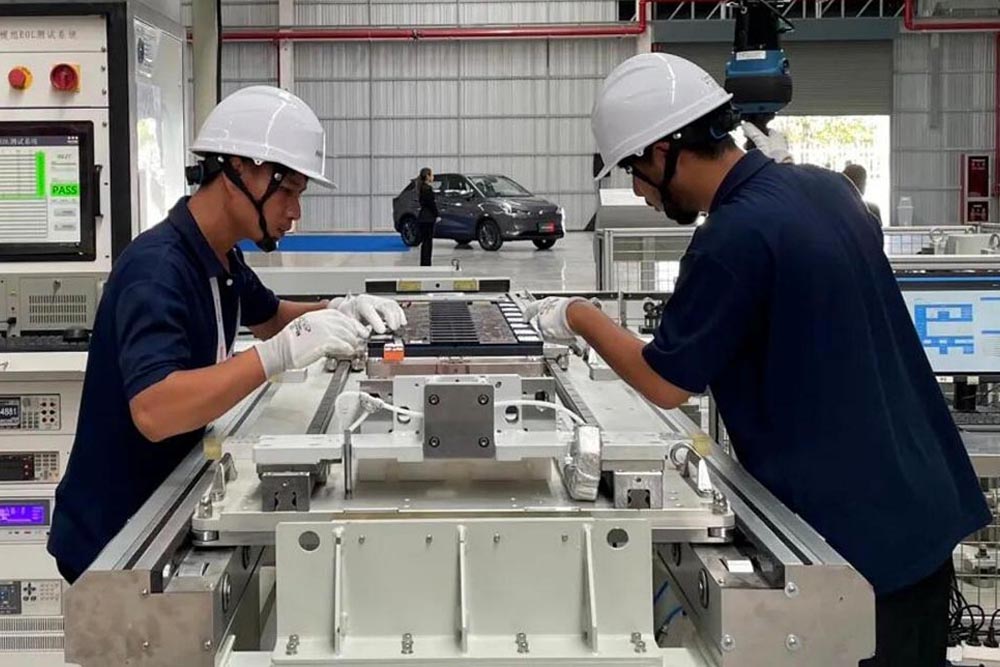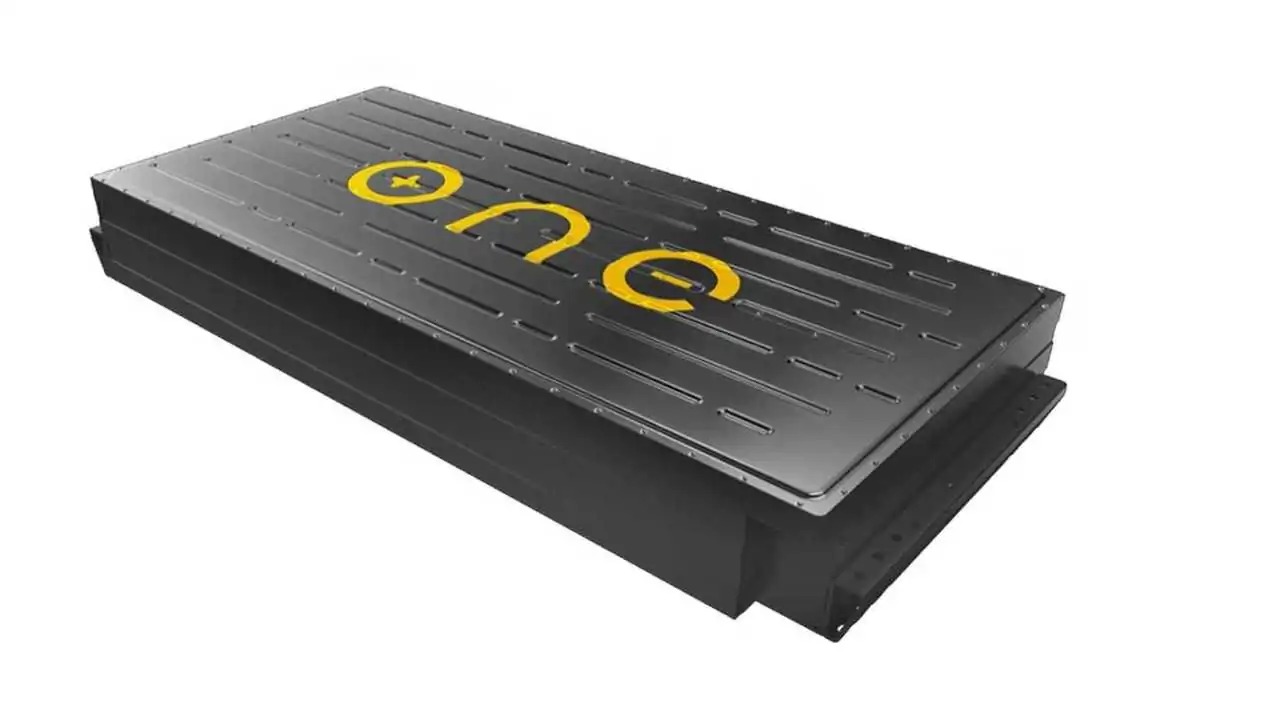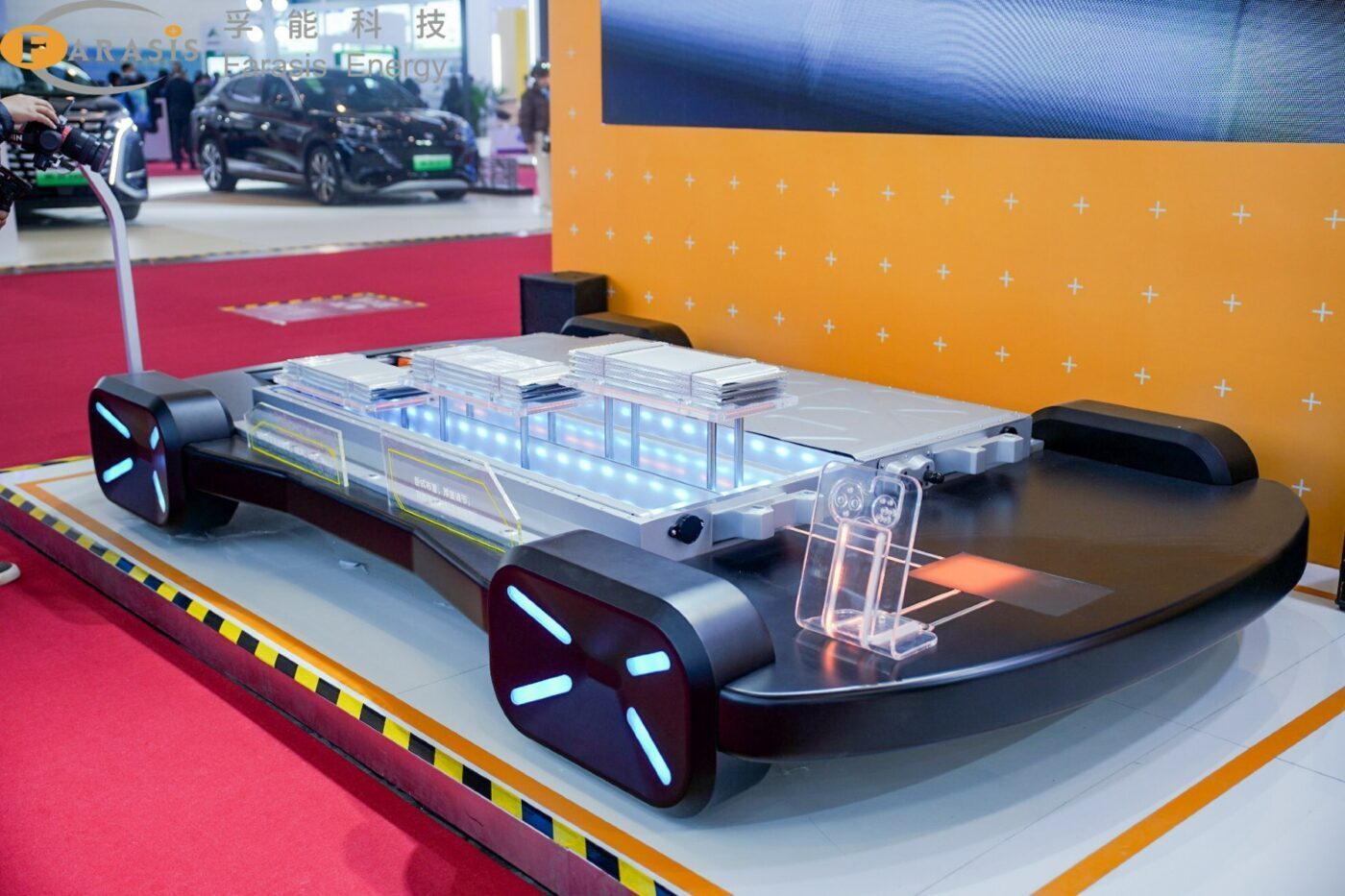On December 7, LG Energy Solution, in collaboration with the Korea Advanced Institute of Science and Technology (KAIST), announced the successful development of next-generation battery technology capable of achieving an impressive 900 kilometers of driving range on a single charge.
The breakthrough is attributed to the core technology for lithium-metal batteries, which the joint research team claims enhances driving range by approximately 50% compared to traditional lithium-ion batteries, while also improving charging and discharging efficiency and lifespan. Their findings have been published in the scientific journal Nature Energy.
Lithium-metal batteries, featuring lithium metal instead of the graphite-based anode material found in lithium-ion batteries, offer a substantial reduction in weight and volume of the anode. This characteristic has positioned them as a promising next-generation battery with increased energy density and driving range. However, concerns have been raised about dendrite formation on the anode surface and ongoing corrosion from the liquid electrolyte, posing threats to the safety and lifespan of existing lithium-metal batteries. Dendrites refer to the branch-like accumulation of lithium during battery usage, potentially hindering efficiency and increasing the risk of fire.
To address these challenges, the research team introduced a “borate-pyran-based liquid electrolyte,” a pioneering solution globally. This electrolyte reportedly reconstructs the solid electrolyte interphase on the lithium-metal anode surface during charging and discharging, mitigating the corrosive reaction between the electrolyte and the anode. The result is an increased efficiency in charging and discharging, elevating the energy density to the extent that a single charge can cover an impressive 900 kilometers. Notably, the achieved lifespan stability surpasses 400 recharge cycles.
The breakthrough holds significance in advancing battery technology and could potentially impact the electric vehicle industry by pushing the boundaries of driving range and efficiency.







